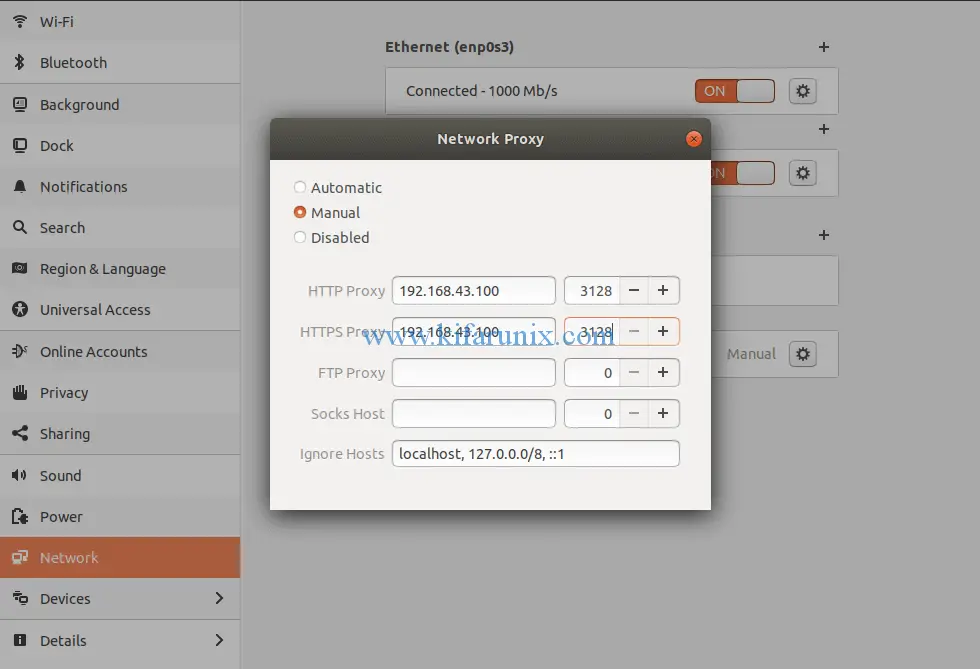

Jun 14 12:30:57 amos openvpn: TUN/TAP TX queue length set to 100 Jun 14 12:30:57 amos openvpn: TUN/TAP device tun0 opened └─5556 /usr/sbin/openvpn -suppress-timestamps -nobind -config nf Status: " Initialization Sequence Completed"ĬGroup: /system.slice/system-openvpn\x2dclient.slice/ Loaded: loaded (/lib/systemd/system/ indirect vendor preset: enabled)Īctive: active (running) since Sun 12:30:56 EAT 5s ago ovpn.įor example, to start OpenVPN client service using the gentoo.ovpn, run the service as follows systemctl start Note that, it is possible to have multiple OpenVPN client configuration files in this directory.Īs such, you can use the service, with the name of your OpenVPN client configuration file, without the suffix. Once the client configuration file is in place, you then start OpenVPN client service. sudo cp ~/gentoo.ovpn /etc/openvpn/client/nf Run OpenVPN Client as a Service ovpn, rename it in the destination directory to. Note that the configuration files under the /etc/openvpn/client/ directory should have the. ovpn, into the OpenVPN client configurations directory.

Therefore, copy your OpenVPN configuration file, either.
Ubuntu shadowsocks client global install#
When you install openvpn package, it creates a /etc/openvpn/client/ directory into which you can place the OpenVPN client configuration file. apt install network-manager-openvpn network-manager-openvpn-gnome openvpn openvpn-systemd-resolved -y Running OpenVPN Client as Service on Ubuntu 20.04/18.04 The following command installs the packages that we will need to configure automatic VPN connection on Ubuntu 20.04/Ubuntu 18.04.
Ubuntu shadowsocks client global how to#
How To Create a Self-Signed SSL Certificate for Nginx in Ubuntu 16.Configure OpenVPN Client on CentOS 8/Ubuntu 18.04.How To Create an SSL Certificate on Nginx for Ubuntu 14.04.$ gconftool-2 -type string -set /desktop/gnome/remote_acess/vnc_password '123456' Wayland known error cat << EOF | sudo tee /etc/xdg/autostart/sktopĮOF Check using Wayland or Xorg $ echo $XDG_SESSION_TYPE Restore $ dconf load /org/gnome/terminal/ " | base64 ) Obfs=http obfs-host=1.9.5.2.2 - ss-libev-client terminal configurationsīackup $ dconf dump /org/gnome/terminal/ > ubuntu1710_terminal_backup.bak "nameserver" : "1.0.0.1", // be careful for dns resolve in private networkġ.9.5.2.1 - ss-libev-service client plugin config $ /etc/shadowsocks-libev/config.json.

$ sudo /etc/init.d/shadowsocks-libev status $ sudo /etc/init.d/shadowsocks-libev restart $ sudo /etc/init.d/shadowsocks-libev stop


 0 kommentar(er)
0 kommentar(er)
